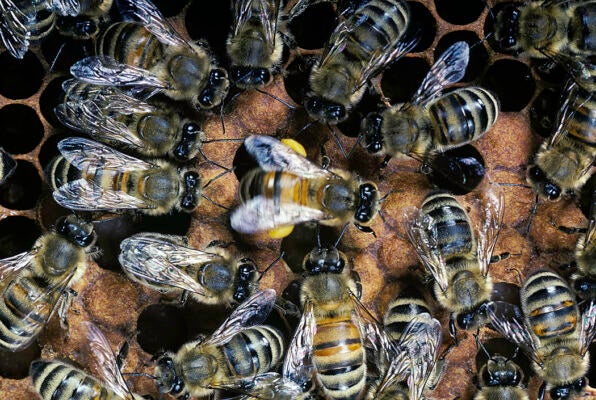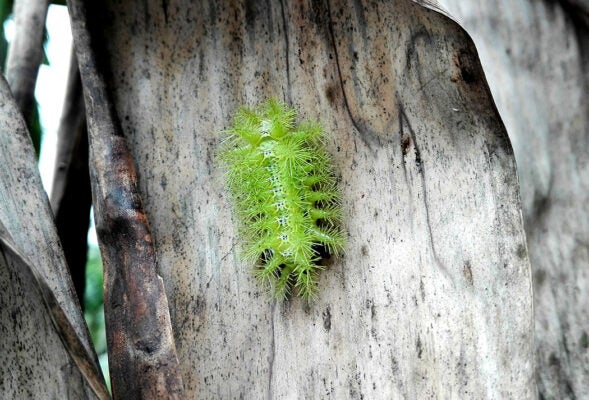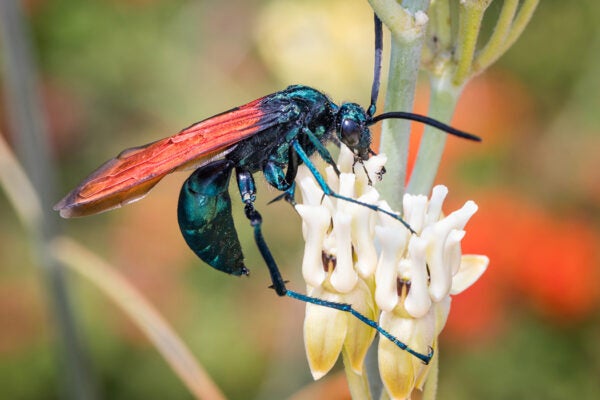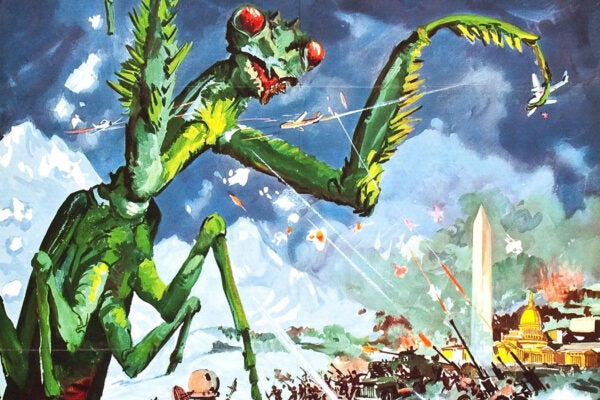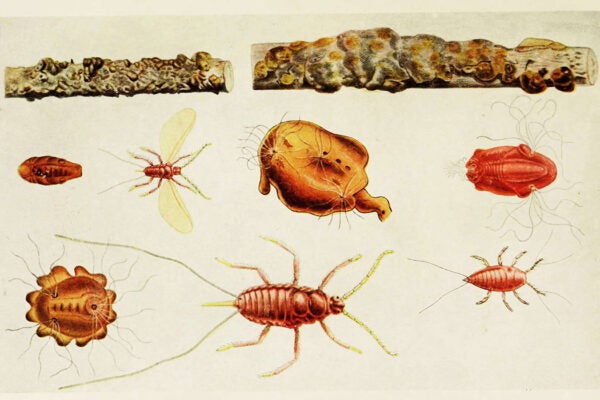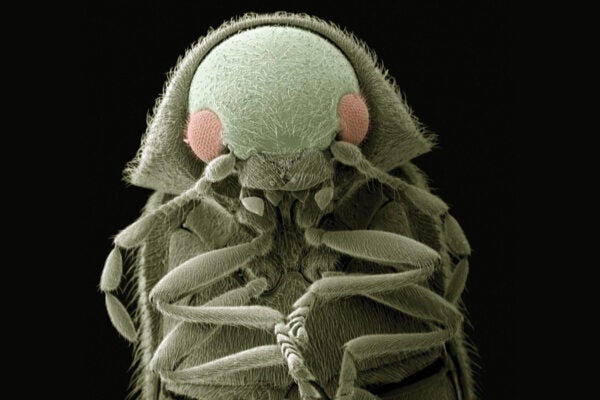The Bee Dance Debate
Can insects communicate? In the middle of the twentieth century, scientists disagreed on whether bees could possess a “language” expressed through motion.
Tiny Splendid Peacock Spiders
They have the fastest known jump among their kind according to a new study.
The Caterpillars That Can Kill You
Some species make venoms that are deadly. With more research, those toxic compounds could yield useful medicines.
The Secrets of Butterfly Migration, Written in Pollen
Trillions of insects move around the globe each year. Scientists are working on new ways to map those long-distance journeys.
Insects in the Mail
The efficiency of the postal system and generosity of local experts played important roles in the advancement of entomology in eighteenth-century France.
A Blind Beetle Named Hitler?
The case for changing offensive names of animals and plants, and how it can be done
Sting! (Don’t Stand So Close to the Tarantula Hawk)
Tarantula hawk wasps offer some of the most painful stings known to humans, giving them almost absolute protection from vertebrate predators.
The War on Bugs
In the 1950s, supersized insects were the villains in a rash of big-screen horror movies. What did those monstrous roaches represent, and how were they vanquished?
As You Lakh It
How did an oleoresin produced by insects in Asia become a standard part of European furniture manufacture and conservation?
Bugging Out
The complicated, ever-changing, millennia-long relationship between insects and humans.
